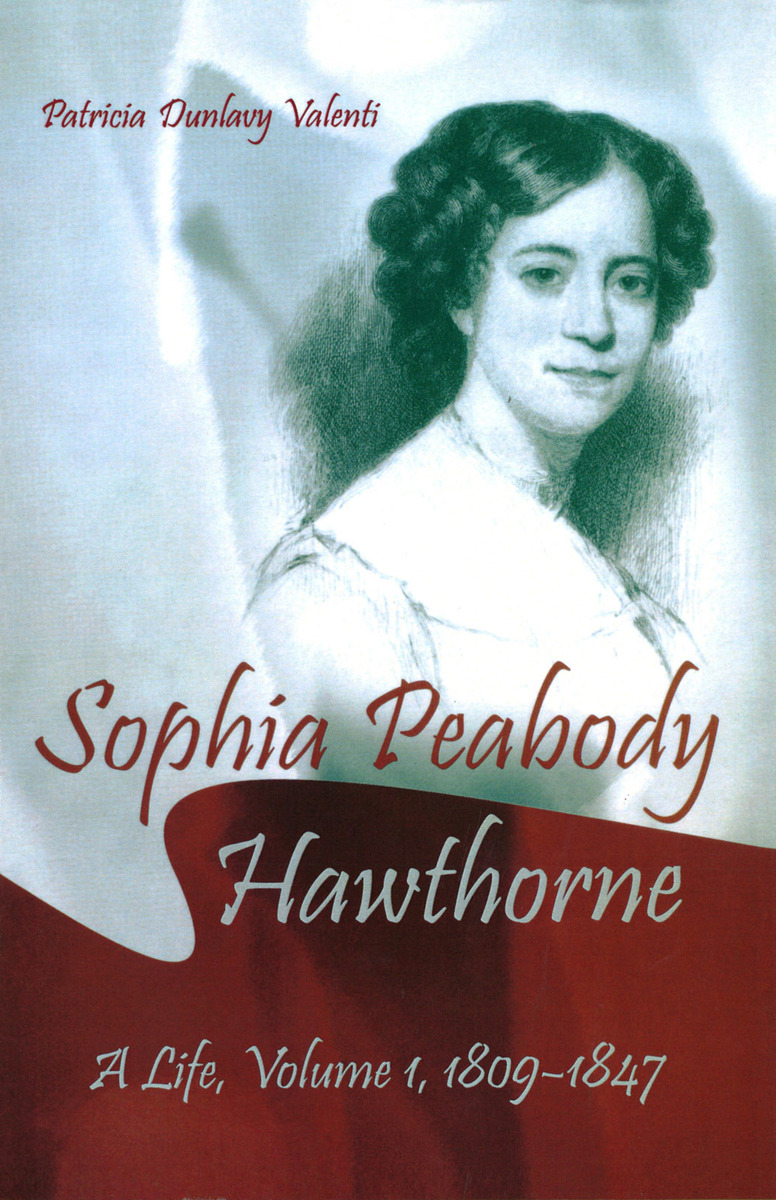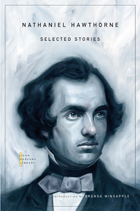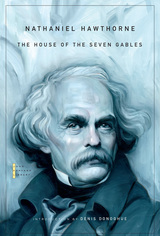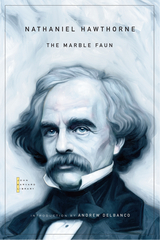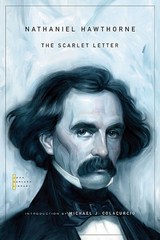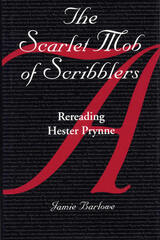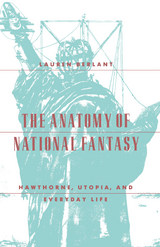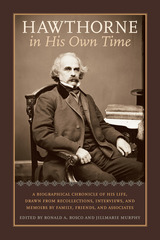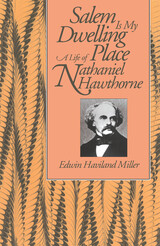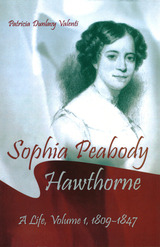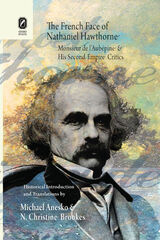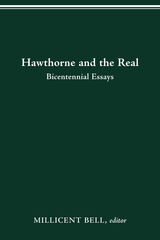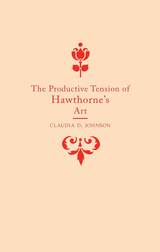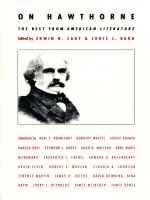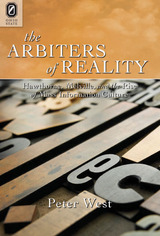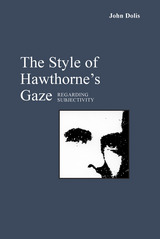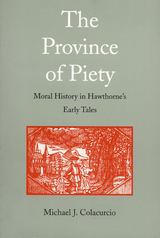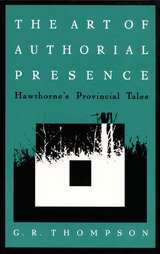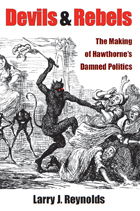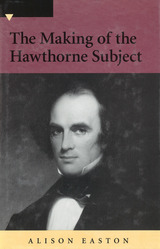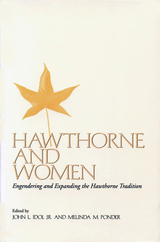Sophia Peabody Hawthorne: A Life, Volume I, 1809-1847
University of Missouri Press, 2004
eISBN: 978-0-8262-6259-2 | Cloth: 978-0-8262-1528-4
Library of Congress Classification PS1882.V35 2004
Dewey Decimal Classification 813.3
eISBN: 978-0-8262-6259-2 | Cloth: 978-0-8262-1528-4
Library of Congress Classification PS1882.V35 2004
Dewey Decimal Classification 813.3
ABOUT THIS BOOK | AUTHOR BIOGRAPHY | REVIEWS | TOC
ABOUT THIS BOOK
Sophia was born into an expansive, somewhat chaotic home in which women provided financial as well as emotional sustenance. She was a precocious, eager student whose rigorous education, in her mother’s and her sisters’ schools, began her association with the children of New England’s elite. Sophia aspired to become a professional, self-supporting painter, exhibiting her art and seeking criticism from established mentors. She relished an eighteen-month sojourn in Cuba. Nathaniel’s reclusive family, his reluctant early education, his anonymous pursuit of a career, and his relatively circumscribed life contrast markedly with the experience of the woman who became his wife and the mother of his children. Those differences resulted in a creative abrasion that ignited his fiction during the first years of their marriage.
Sophia Peabody Hawthorne is known almost exclusively in her role as the wife of Nathaniel Hawthorne, who portrayed her as the fragile, ethereal, infirm “Dove.” That image, invented by Nathaniel to serve his needs and affirm his manhood, was passed on by his biographers, who accepted their subject’s perception without question. In fact, the real Sophia was very different from Nathaniel’s construction of her.
An independent, sensuous, daring woman, Sophia was an accomplished artist before her marriage to Nathaniel. Moreover, what she brought to their union inspired Nathaniel’s imagination beyond the limits of his previously confined existence. In Sophia Peabody Hawthorne, Patricia Dunlavy Valenti situates the story of Sophia’s life within its own historical, philosophical, and cultural background, as well as within the context of her marriage. Valenti begins with parallel biographies that present Sophia, and then Nathaniel, at comparable periods in their lives.
Sophia was born into an expansive, somewhat chaotic home in which women provided financial as well as emotional sustenance. She was a precocious, eager student whose rigorous education, in her mother’s and her sisters’ schools, began her association with the children of New England’s elite. Sophia aspired to become a professional, self-supporting painter, exhibiting her art and seeking criticism from established mentors. She relished an eighteen-month sojourn in Cuba. Nathaniel’s reclusive family, his reluctant early education, his anonymous pursuit of a career, and his relatively circumscribed life contrast markedly with the experience of the woman who became his wife and the mother of his children. Those differences resulted in a creative abrasion that ignited his fiction during the first years of their marriage.
Volume 1 of this biography concludes with Sophia’s negotiation of the Hawthornes’ departure from the Old Manse and the birth of their second child. This period also coincides with the conclusion of Nathaniel’s major phase of short story writing.
Sophia Peabody Hawthorne is an engrossing story of a nineteenth-century American life. It analyzes influences upon authorship and questions the boundaries of intellectual property in the domestic sphere. The book also offers fresh interpretations of Nathaniel Hawthorne’s fiction, examining it through the lens of Sophia’s vibrant personality and diverse interests. Students and scholars of American literature, literary theory, feminism, and cultural history will find much to enrich their understanding of this woman and this era.
See other books on: 1804-1864 | Authors' spouses | Hawthorne, Nathaniel | Marriage | Volume
See other titles from University of Missouri Press
